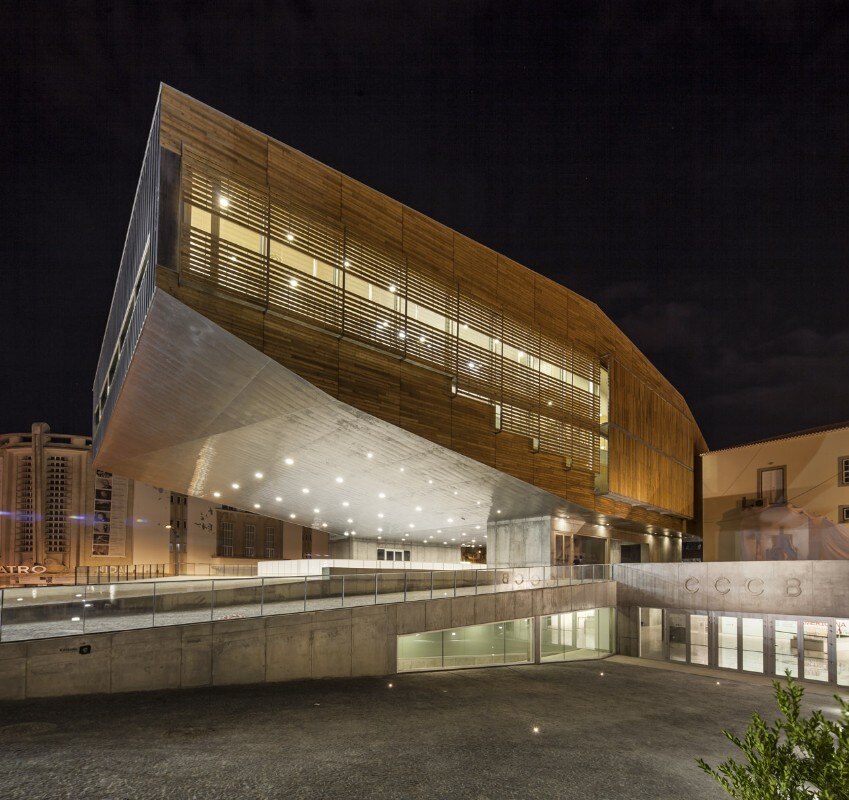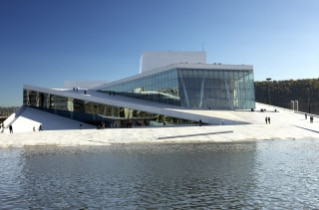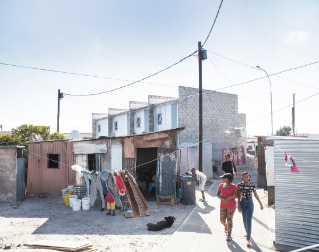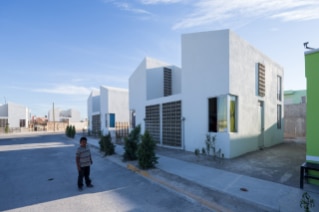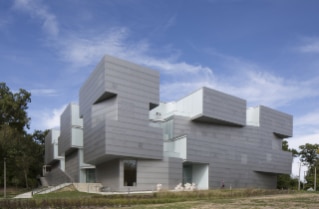If one were to compile a minimal taxonomy with just two categories of contemporary architecture, perhaps they could be “volume” and “surface”. The volume architects have the propensity to seek the strength of mass, the play of volume, the excitement of the cantilever. The surface architects put three-dimensionality on a back burner, preferring the communicative quality of skins, screens and patterns on elevations.
But deciding how to classify the architecture of Josep Lluís Mateo (Barcelona, 1949) is a difficult operation. While maintaining coherence and balance in each of his designs, the Spanish architect always oscillates between the two polarities, often taking them to an extreme, but without the rudeness of someone who just wants to impress.
As pointed out by the architecture critic Miquel Adrià, this quality gives Mateo’s work the benefit of the doubt, of ambiguity. “You never know if his buildings are heavy or light, solid, liquid or gas, beautiful or ugly,” he says. We cannot know if they are more volume or more surface.
For example, at first glance, the building for the Cultural Centre at Castelo Branco in Portugal (2013), is striking for the majestic cantilever over the plaza at its foot. The floating is accentuated by the slope of the large access ramp beneath, which rises in the opposite direction. A closer look reveals how the notion of the facade as an “urban filter” has been carefully designed.
Mateo coined and developed the filter principle as a conceptual and technological development of the brise-soleil. He considers the outer surface of buildings the ultimate limit of the building space, as well as an element of mediation between inside and outside. He plays with the contrast between the zinc cladding of the overall building and the lateral facades cladded in strips of wood that can be adjusted according to the angle of the sun.
In this way, Mateo bestows on the suspended volume at Castelo Branco a skin that is equally “suspended”, a bit like if Moby Dick and the Pequodwere to emerge from a wave, united in a single body


